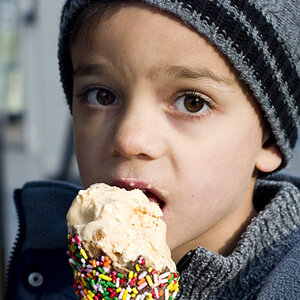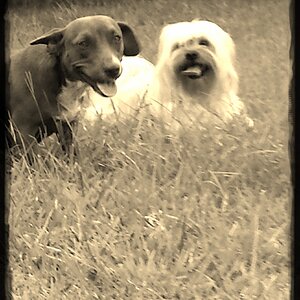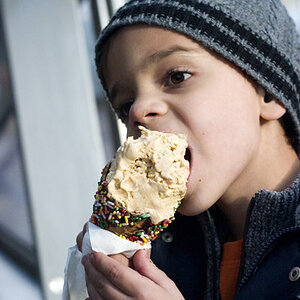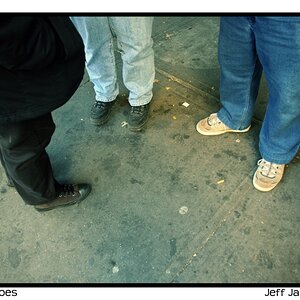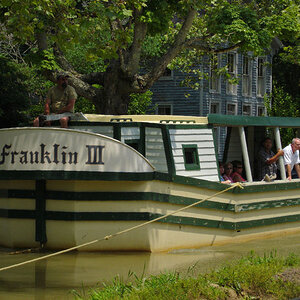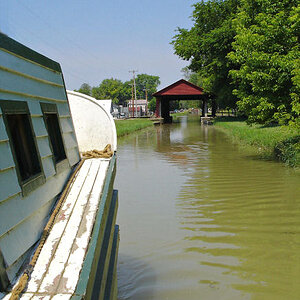JamesD
Between darkrooms
- Joined
- Mar 20, 2005
- Messages
- 1,053
- Reaction score
- 43
- Location
- Living in Snapshot reality.
- Can others edit my Photos
- Photos NOT OK to edit
This is a continuation of a thread that got a wee bit off topic. The previous posts can be found here: http://thephotoforum.com/forum/showthread.php?t=47730




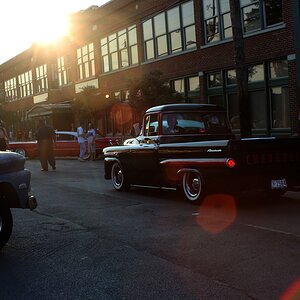
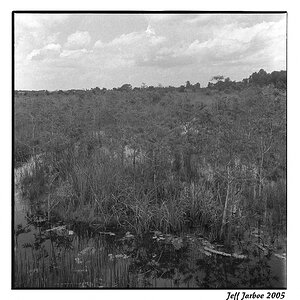
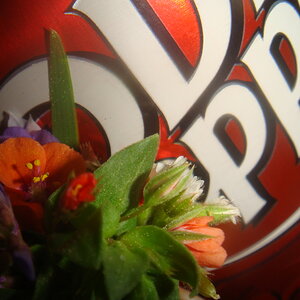
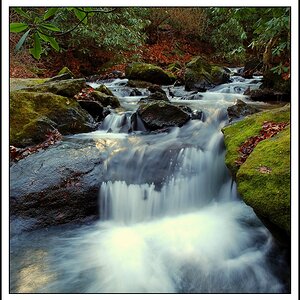
![[No title]](/data/xfmg/thumbnail/32/32926-ec27ecead8c80d803404500d8f888dbf.jpg?1619735754)
